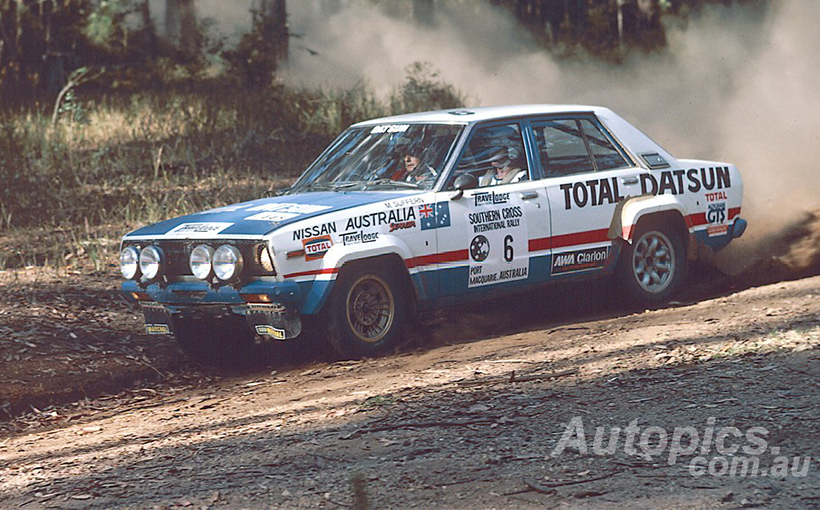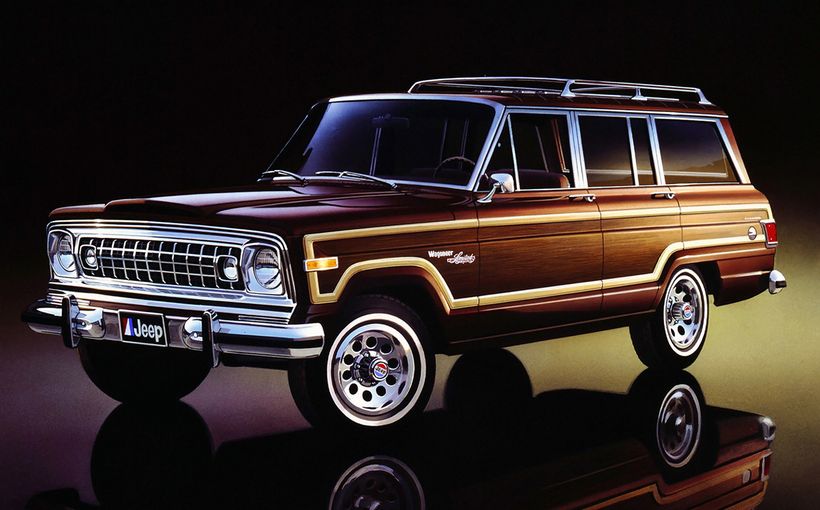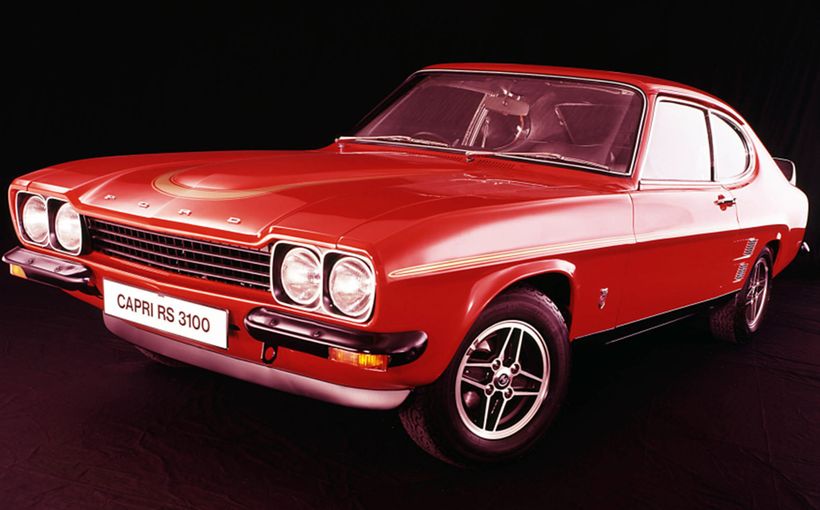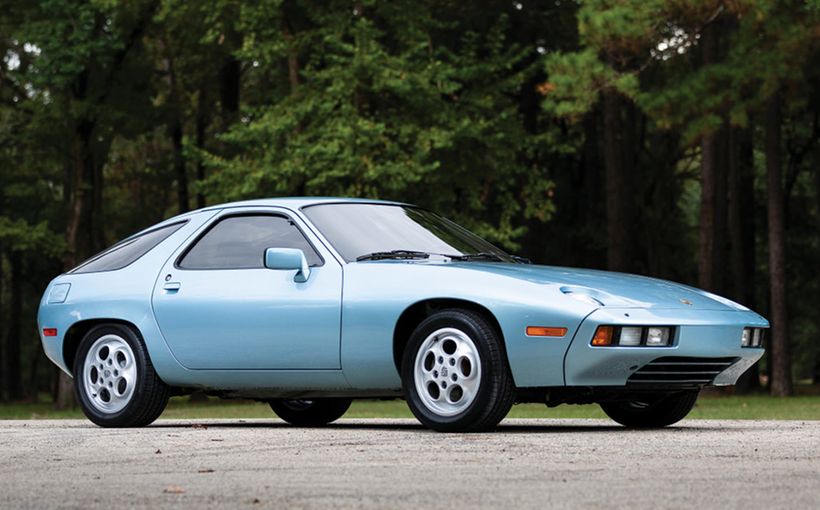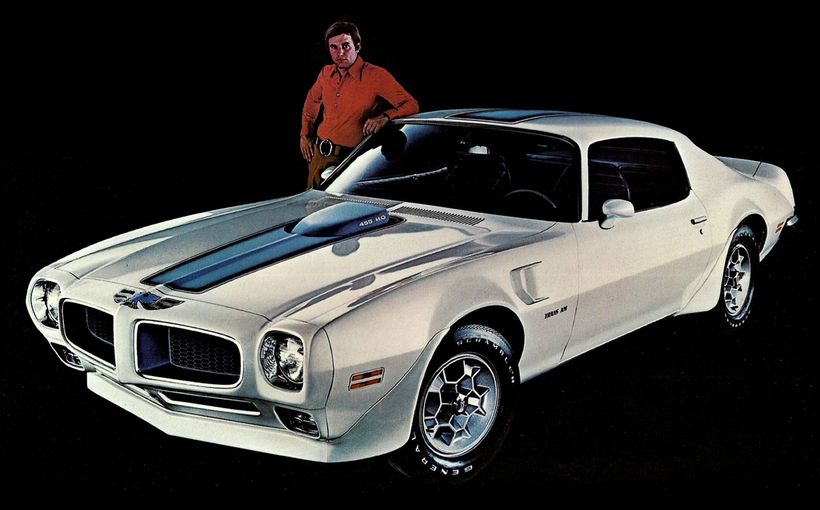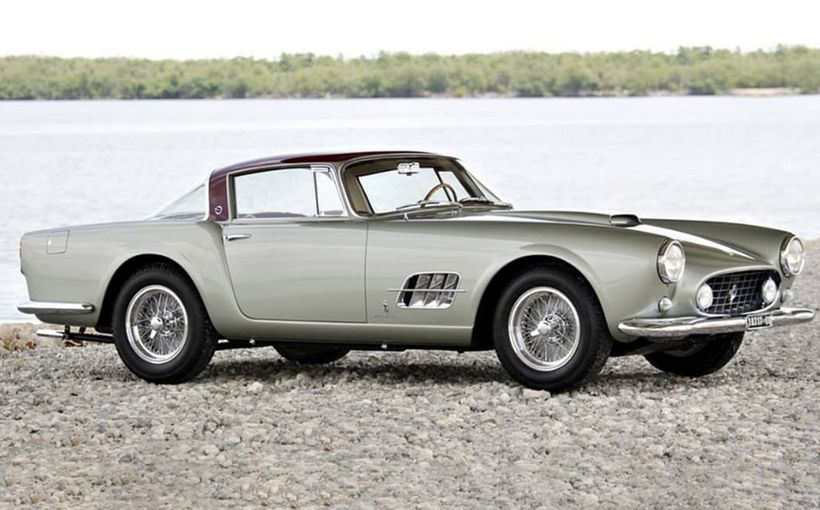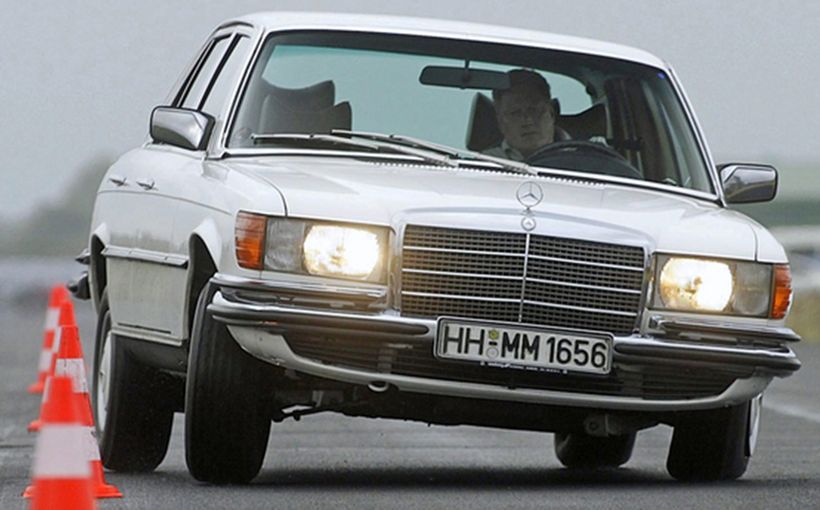Datsun Stanza: Nissan’s greatest rally car


The critics were right; there was nothing out of the ordinary about the Stanza when it was launched in 1978. It was inevitable that comparisons would be made with the much-loved 1600 it was designed to belatedly replace and in some ways it fell short of expectations, particularly the use of a coil-spring live rear axle rather than its predecessor’s outstanding IRS.
However, the strut-type front suspension was the same and they were close in key dimensions, even though the Stanza was generally larger with a 20mm increase in wheelbase, an extra 40mm in length and width, a 20mm increase in height and (significant for competition use) 65mm front/60mm rear increases in track width.
And with a similar kerb weight of around 950kg, an excellent power to weight ratio in stripped-out rally car specification. Keep in mind, too, that rally cars in those days were much closer to showroom specifications than today’s purpose-built WRC weapons. It was a time when inherently tough body and suspension structures in road cars were crucial if they were to succeed in rallies.
The Stanza’s unmatched list of achievements is headlined by six round victories in the World Rally Championship, more than any other Nissan model, including Rally New Zealand in 1980 and Africa’s arduous Rallye Cote d’Ivoire (Ivory Coast Rally) in 1981.

The remaining four WRC wins were also achieved on the African continent in the notoriously tough Safari Rally, which the unbreakable Stanza won an incredible four times in a row between 1979 and 1982. This remarkable feat was matched only by Japan’s most successful rally car, the Toyota Celica GT-Four, more than a decade later (1992-1995).
Australia also provided a unique stage on which the Stanza would star in some of Nissan’s most hard-fought victories and earn immortal respect amongst rally enthusiasts. The late 1970s is fondly remembered as a golden era of Australian rallying when, at its peak, factory-backed teams of Datsun Stanzas and Ford Escort RS2000s and RS1800s engaged in some of the most ferocious forest warfare ever seen.
And through it all the Datsun Stanza all but reigned supreme, winning three consecutive ARC titles between 1979 and 1981 along with three Southern Cross International Rally crowns from 1978-1980 when the Coffs Harbour-based event was also at its zenith.


The Ugandan-born Mehta was an African specialist, having won his first Safari in a works-entered Datsun 240Z with local navigator Lofty Drews in 1973. His four consecutive victories in works-entered Stanzas on top of that made him the most successful Safari driver in the event’s history.
The first Stanza win came in 1979. The competition was particularly strong that year, with multi-car works teams from Mercedes-Benz (450 SLC), Peugeot (504) and Fiat (Abarth 131).
The winning Mehta/Doughty Stanza, one of several works cars entered as Datsun 160Js, was built to FIA Group 2 rules which allowed limited modifications, including retention of front disc/rear drum braking. Under the bonnet was a hand-built version of Nissan’s tough L20B 2.0 litre SOHC engine, equipped with a pair of heavily-filtered Solex 50PHH carburettors and other upgrades, producing 190bhp at 7200rpm and 150 ft/lbs of torque at 5200rpm.
That may not sound like much today but in such a light and agile car, which weighed only 1080kg even in its bull bar-equipped Safari trim, this free-revving ‘cammer’ was more than adequate. The multi-car Datsun works team certainly proved it too by claiming first, fifth, seventh and ninth places in a dominant performance.
Mehta and Doughty returned with a works Stanza in 1980 and triumphed again. Their winning 160J was also built to Group 2 specs like the 1979 winner, but development of the L20B 2.0 litre engine had increased power output to almost 200bhp at 7400rpm with a slight increase in torque tapped at a higher 5600rpm. The 1980 car was also fitted with four-wheel Dunlop disc brakes, with the only negative being a 20kg weight increase to 1100kg.

The works Stanzas were back in 1981 to try for a three-peat and Mehta/Doughty duly delivered, making history for Datsun by becoming the first manufacturer since Peugeot with its mighty 404 in the 1960s to win three consecutive Safaris.
In the face of increasing competition, Datsun also raised the performance bar in 1981 by using hotter versions of the Stanza known in Japan as the Violet GT. These cars were built to more liberal FIA Group 4 rules with a 20kg drop in weight and powered by competition-only LZ20B 2.0 DOHC 16-valve engines with dry sumps, 210bhp at 7600rpm and 160 ft/lbs at 5600rpm.
These free-revving twin-cams gave a substantial performance boost without sacrificing reliability, which was a great credit to the team’s engineers. And they were put to good use in 1982, when Mehta/Doughty scored an unprecedented fourth straight Safari win in their Stanza/Violet GT, helped by a definitive power increase to 220bhp to stay one step ahead of the competition.
Could the mighty Stanza have won a fifth straight Safari? Sadly, Datsun was not given a chance to find out as the FIA cancelled the existing Group 2 and Group 4 regulations in favour of new Group A and Group B rules. Even so, the Stanza departed Africa with a glittering record of success that ensured its immortal status as one of the Safari’s greatest competitors.

GM-H was also represented by a comparatively low-key Holden Dealer Team campaign, running Geminis prepared and navigated by Repco Trial mastermind George Shepheard. However, the HDT Geminis lacked the sheer firepower of the works Datsuns and Fords and were never serious title contenders.

The Stanza’s introduction to this conflict came halfway through the 1978 ARC, where it displayed impressive pace and a formidable glimpse of what to expect the following year. The 1978 title fight between Ford and Datsun (the latter using a mix of Violet 710s and Stanzas) was a thriller, only decided in the final round in which four drivers had a chance of taking the title.
Bond’s Escort team-mate Greg Carr narrowly edged out Datsun’s Ross Dunkerton, denying the WA star his fourth ARC crown. Carr also claimed Canberra’s Castrol International – his fourth straight win – after a gripping fight with Swedish star Stig Blomqvist in a works Saab 99 EMS. However, Datsun hit back with a breakthrough victory for the Stanza in the Southern Cross International, thanks to works driver George Fury and navigator Monty Suffern.
In 1979 the stage was set for another mighty clash, with the Escort RS1800s of reigning champs Carr/Gocentas and Bond/Dawson-Damer against a pair of works Stanzas crewed by Dunkerton/Beaumont and Fury/Suffern. The Stanzas were equipped with the Safari-conquering LZ20B twin-cam 16-valve engines, stretched beyond their standard 2.0 litre capacities with more than enough grunt to match the Cosworth BDA-powered Escorts.
As expected it was a fierce contest, with Fury leading home Dunkerton in a convincing 1-2 for the new Stanzas in Victoria’s first round. Carr and Bond returned fire in WA’s round two with an emphatic 1-2 for Ford, before Dunkerton claimed his and the Stanza’s second victory in Queensland’s round three.

Bond retaliated with a brilliant win in NSW’s fourth round in Bega, ensuring that just like the previous year, four drivers would go into SA’s nail-biting final round with a shot at the title. Young gun Geoff Portman claimed an inspiring breakthrough ARC win in his factory-assisted ‘big engine’ Datsun 1600. However, the consistent and calculating Dunkerton played all the right cards to finish third and claim his fourth ARC and first for the Stanza.
In the two big international rallies of 1979, Fury/Suffern again starred for Datsun in the Southern Cross, leading home a 1-2-3 crush for the works Stanzas. However, Ford balanced the ledger by again winning the Castrol International, with local ace Carr leading home Bond in another 1-2 for the mercurial RS1800s.
The level of competition between Ford and Datsun in 1978 and 1979 had been breathtaking, with both sides sharing the spoils and pushing each other to the limits of speed and endurance. However, 1980 was a different story. Fury/Suffern convincingly won the ARC, with Stanzas winning all five rounds to deliver Datsun its fifth title in six years.
Australian Motor Racing Year was effusive in its praise at the time, interestingly using the term ‘Nissan’ even though the works cars still displayed Datsun on their flanks:

“As had been the case since 1977, the chief protagonists for the 1980 Australian series were the Nissan and Ford works teams. The Nissan team made its usual professional attack on the championship. Since taking over the team in the mid-1970s, manager Howard Marsden has quietly and confidently put together a first-class operation. Drivers and service crews blending together in a most efficient way.
“A great deal of local development has gone into the cars, with many Australian ideas having been taken up by the factory in Japan. At the same time the team has apparently received strong backing by Nissan Australia in the way of finance, so that the rally program has been developed in a well thought out way.”
The Datsun team again fronted with a pair of twin-cam Stanzas for Fury/Suffern and Dunkerton/Beaumont, with a third works Stanza made available to newcomers Geoff Portman/Ross Runnals to drive in the fourth and fifth rounds. Fury/Suffern secured their second ARC crown with victories in WA, Queensland and NSW, backed by Dunkerton’s Victorian round win and Portman’s in SA’s final round.

Although the rivalry between the opposing teams and drivers had lost none of its intensity, Ford Australia’s commitment to the 1980 season was half-hearted at best, given that the Escort ceased local production that year with no obvious replacement in the wings. The company also made a very late commitment to backing its rally team and the results appeared to suffer as a result.
Carr’s RS1800 was stricken by mechanical failures in all five rounds, usually when the lightning fast Canberra driver was in or near the lead. He finished only two of the five rounds to salvage fifth place in the championship. Team-mate Bond faired better by finishing runner-up to Fury, but the result flattered to deceive as he did not win a round.
Even so, Ford again stamped its authority on the annual Castrol International with Carr claiming a record sixth consecutive win, leading home an Escort trifecta comprising international Ford stars Ari Vatanen/David Richards ahead of Bond/Dawson-Damer. Dunkerton/Beaumont won yet another Southern Cross International for Datsun, in what was sadly the last running of the famous event.
1981 was also the end of the road for the mighty Stanza. With Ford and GM-H both withdrawing from rallying and Datsun (as part of a corporate name change to Nissan) switching to touring car racing with turbocharged Bluebirds, there was nothing to be gained by continuing.

Although Datsun did supply works-prepared Stanzas for Fury/Suffern, Dunkerton/Beaumont and Portman/Runnals in the 1981 ARC, it was a noticeably subdued effort. The works cars were fitted with the less powerful L20B SOHC 8-valve engines, to reduce running costs and allow numerous Stanza-equipped privateers the chance to compete on more equal terms. Well, theoretically anyway.
Although no significant development was carried out by the factory team, it still won the title at a canter with another perfect score; Portman/Runnals winning the four rounds they were entered in with Dunkerton/Beaumont winning the other. Although Fury/Suffern were winless they still finished second overall and also managed to finally break Carr’s six-year stranglehold on the Castrol International to finish a remarkable era on a high. Sadly, 1981 was also the last running of this exciting event, as part of a general decline in Australian rallying from the heady days of the late 1970s.
On reflection, the Datsun Stanza may not have been designed primarily to compete but it was certainly bred to win, claiming more WRC, Safari, ARC and Southern Cross victories than any other Nissan model. It is, quite simply, one of Japan’s greatest rally cars.

